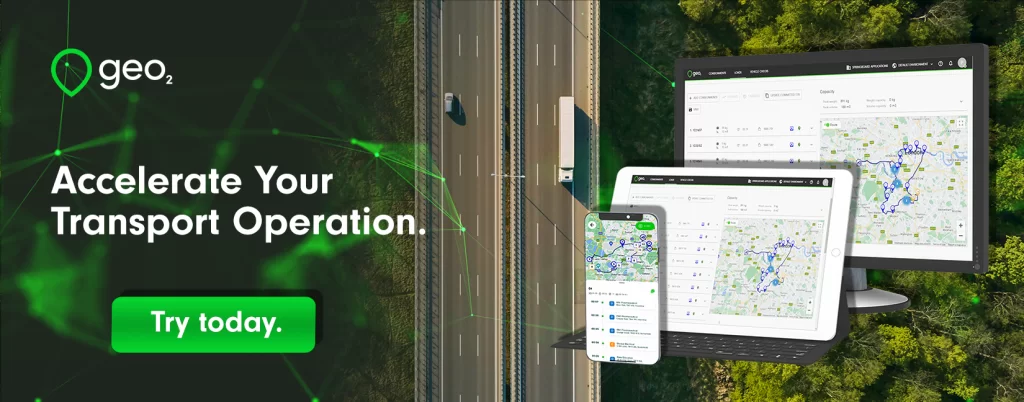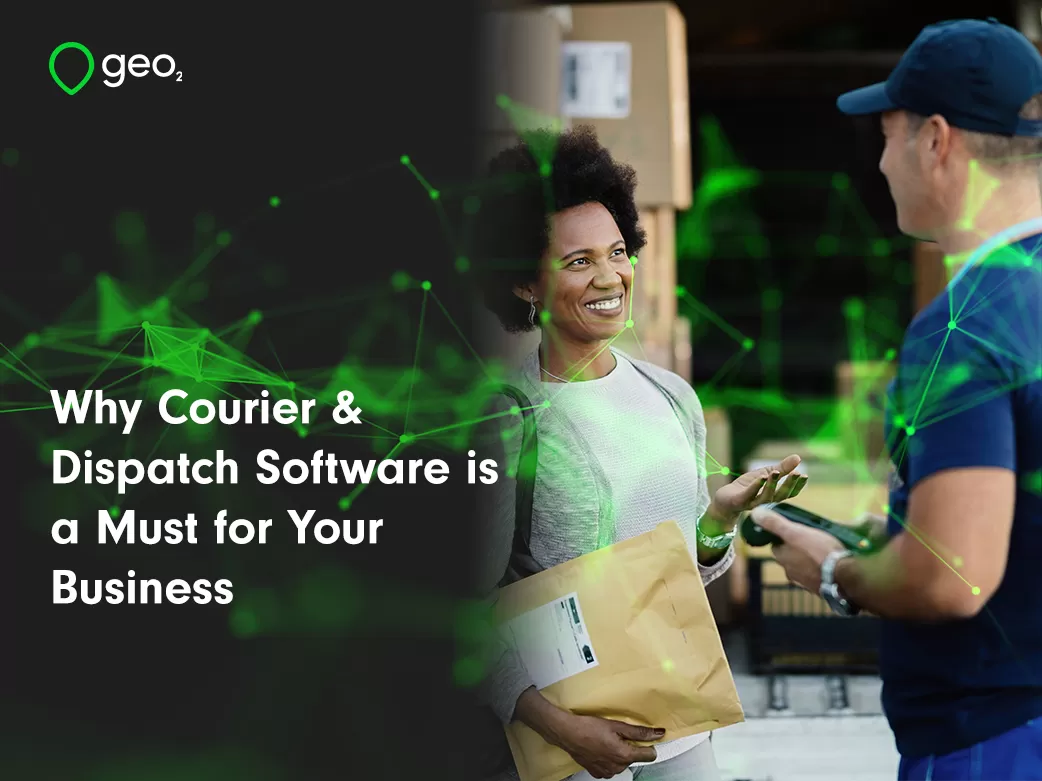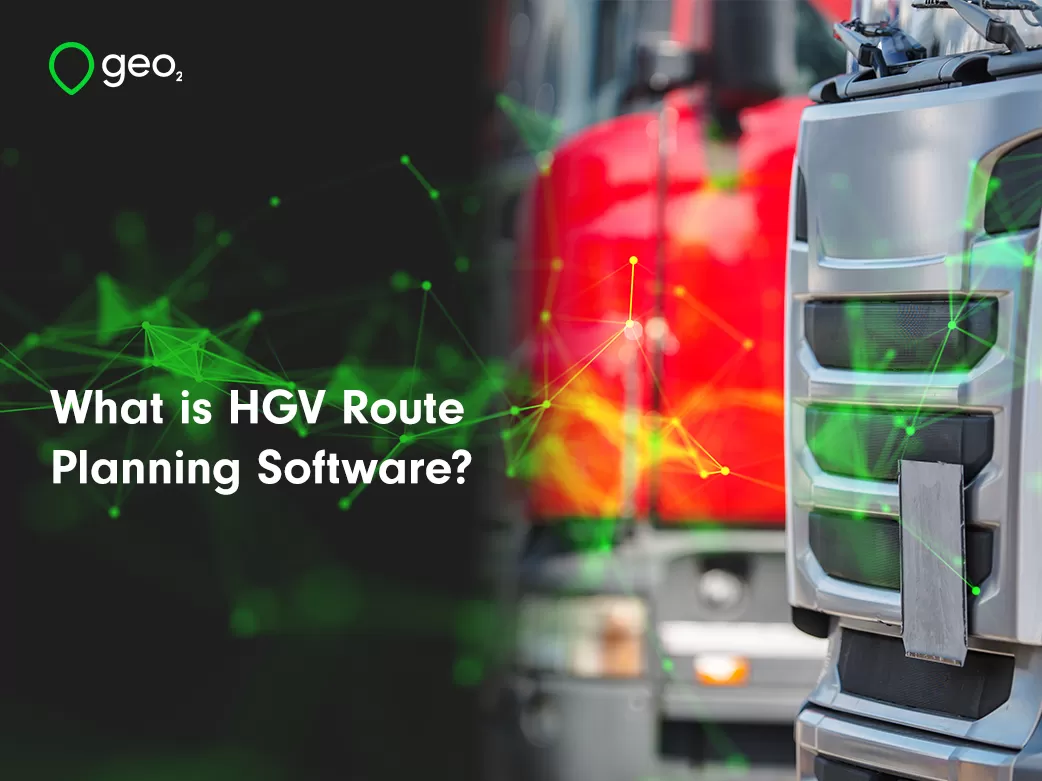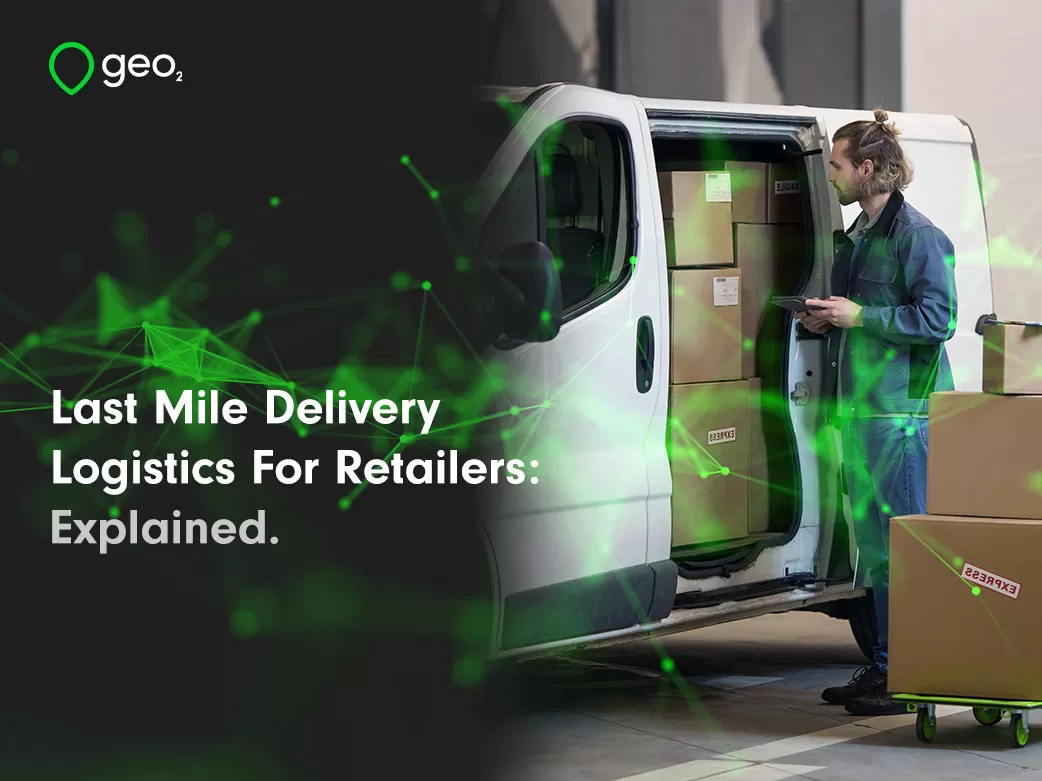
Last Mile Delivery Logistics for Retailers: Explained.
Introduction to Last Mile Delivery: Understanding the Importance for Retailers and E-commerce
The growth of e-commerce has transformed retail, making last mile delivery crucial for success. Efficient management of this final step is key to meeting customer expectations for speed and convenience.
For businesses aiming to succeed, investing in new and better ways to handle last mile delivery is essential. Doing so not only meets customer expectations but also helps secure a leading spot in the retail world.
Last mile delivery is the final step in getting products from the warehouse to the customer’s door. It is one of the most important parts of the supply chain because it directly impacts the customer’s perspective of the brand and service. This can in turn make or break a business.
For retailers and online stores looking to beat the competition and really impress their customers, understanding and mastering the ins and outs of last mile delivery is key. With an increasing number of customers expecting quick, seamless delivery, getting this part right is what sets top players apart in the industry.
Need help choosing a TMS?
Download the Free Guide Now.
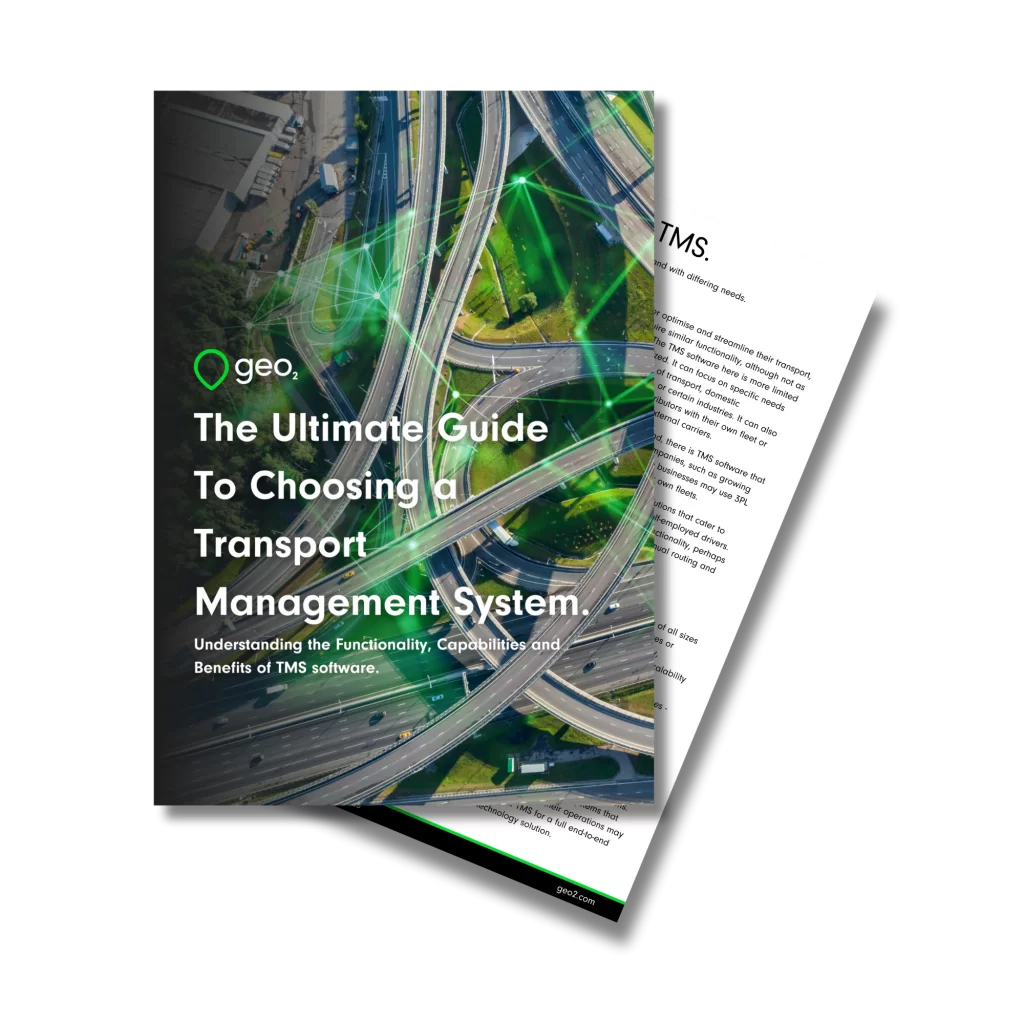
Table of Contents.
The Role of Technology in Optimizing Last Mile Delivery: Innovations and Trends.
Technology is revolutionizing last-mile delivery, enhancing efficiency and customer satisfaction. Key innovations driving this transformation include:
– Route optimization algorithms for the quickest, most fuel-efficient paths
– Real-time tracking for instant location updates
– Delivery drones reducing times and costs
– Smart lockers for secure, convenient package pickup
– Electric vehicles to lower emissions and costs
– Automated delivery robots for sidewalk deliveries
Sophisticated software solutions are a big step forward for retailers. It allows them to fine-tune delivery schedules for maximum efficiency, reducing driver downtime, and increasing the number of deliveries. These technologies also keep customers in the loop about their orders, adding transparency and trust to the delivery process. This enhances the shopping experience by keeping customers informed and reduces the need for manual order tracking, easing the load on customer service.
Integrating these advanced technologies into last mile delivery isn’t just about being faster or more cost-effective. It is also about improving the customer experience, building trust, and setting new standards in the delivery world.
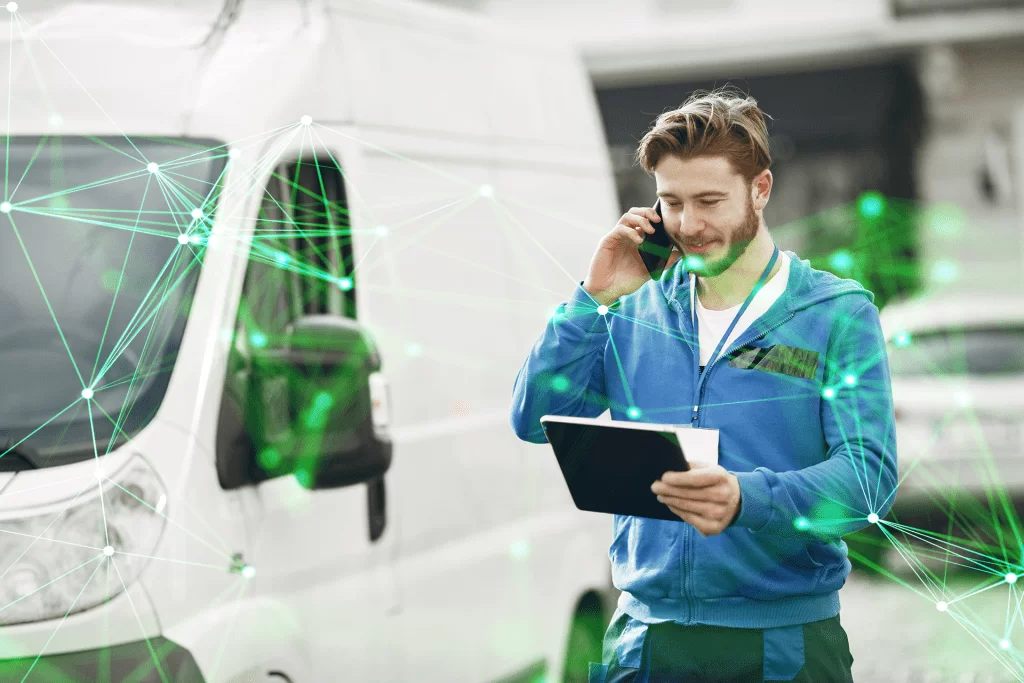
Challenges in Last Mile Delivery: Cost, Speed, and Sustainability.
Last mile delivery is also one of the areas in the supply chain which faces the most challenges. These include high delivery costs, the demand for faster shipping, and the need to be more environmentally friendly. All these issues make it tough for retailers and logistics companies to keep up with high-quality service.
One big problem is the cost of delivering items to individual homes. Home delivery is more expensive and less efficient than shipping in bulk to a central location. Customer dmands for same or next day delivery complicates this further. Meeting these expectations means using more complex logistics, which can drive up costs, due to the need for more detailed routing, extra workers, and technology for managing deliveries in real time.
There’s also a growing demand for deliveries to be more sustainable. Customers are looking for options that use electric vehicles or bikes to cut down on carbon emissions. They also appreciate efforts like carbon offsetting and using sustainable packaging. Eco-friendly solutions complicate and increase logistics costs, posing challenges to maintaining competitive pricing while being environmentally conscious.
Urban congestion and poor infrastructure add another layer of difficulty, especially in densely populated areas. Traffic jams, limited delivery times, and the difficulty of delivering to high-rise buildings can slow down delivery and increase costs.
Technology plays a key role in overcoming these challenges. Using advanced data analytics, route optimization, and machine learning can help companies plan better, streamline routes, and track packages more effectively. Innovations like smart lockers or designated pickup points offer cheaper and less impactful delivery options, satisfying customers.
Companies are also considering collaborative delivery models, where different retailers share the infrastructure needed for last mile delivery. This reduces traffic and costs by achieving economies of scale. Collaborating with public transport systems for eco-friendly deliveries is another strategy being explored.
In summary, the world of last mile delivery is complex and ever-changing. Retailers and logistics providers need to use a combination of technology, partnerships, and sustainable practices to meet these challenges. Finding the right balance is tricky, however, it is crucial for the future of e-commerce, sustainability, and efficiency.

Table of Contents.
Solutions to Overcome Last Mile Delivery Challenges: Strategies for Efficiency.
Addressing the challenges of last-mile delivery demands a smart, layered strategy. By using local delivery networks, placing micro-fulfillment centers strategically, and introducing advanced delivery options can boost efficiency and cut costs.
Local networks help optimize delivery routes through geographic proximity. Micro-fulfillment centers, located for easy access, make distribution quicker and cheaper. Meanwhile, innovative options like secure package lockers and click-and-collect services improve convenience and customer satisfaction by offering faster, more reliable service.
Adding advanced technology to last-mile delivery can refine this process even further. Real-time tracking and dynamic routing make deliveries more precise, cut down on wait times, and enhance customer experience. This tech not only makes operations smoother but also offers data for ongoing optimization of delivery strategies.
Moving to electric or alternative fuel vehicles is a big step towards more sustainable last-mile logistics. It helps businesses meet environmental goals and stand out in a competitive market. Embracing green delivery methods attracts environmentally conscious customers and can save money in the long run through lower fuel and maintenance costs.
Beyond environmental gains, focusing on the training and well-being of delivery staff is key to great service. Skilled workers aware of eco-friendly practices and customer service can improve the delivery experience, leading to customer loyalty. Investing in staff ensures efficient and sustainable operations over time.
In the long run, investing in sustainable practices, along with focusing on efficiency and customer satisfaction, can greatly enhance brand loyalty and strengthen market position. As consumers increasingly prefer environmentally responsible brands, aligning operations with these values can positively affect reputation and profits.
In short, tackling last-mile delivery challenges effectively requires a mix of efficiency, innovation, and sustainability. By leveraging advanced technology, refining logistics, and focusing on sustainability and customer satisfaction, businesses can manage last-mile delivery complexities and achieve lasting success.
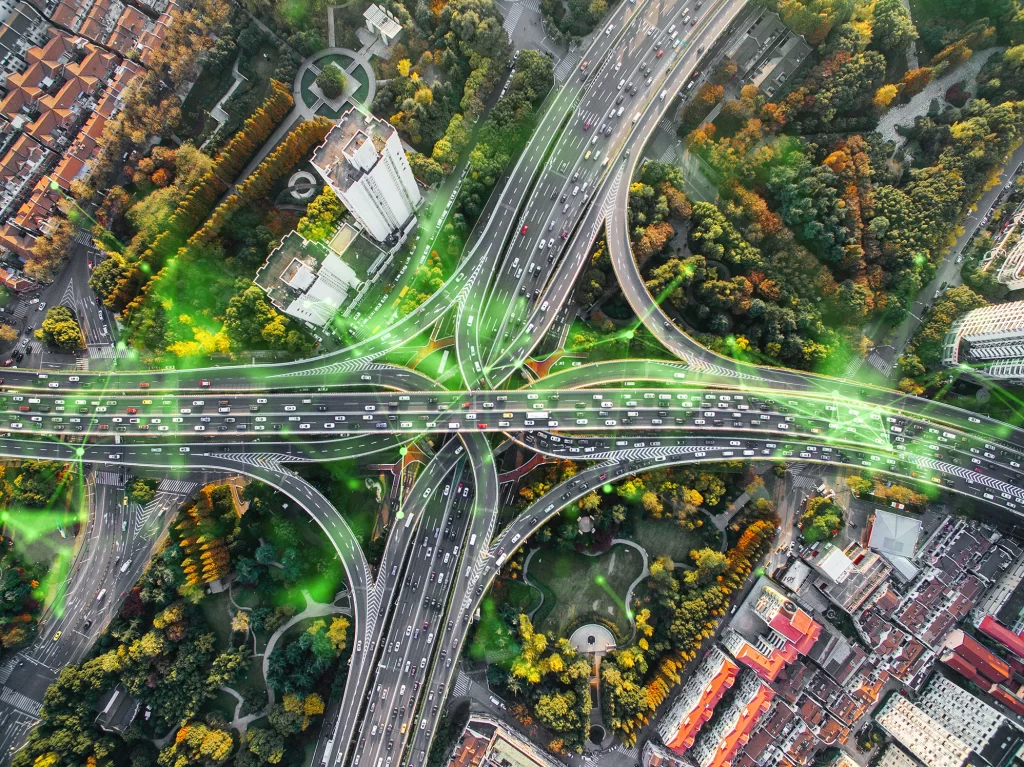
The Future of Last Mile Delivery: Predictions and Emerging Technologies.
The world of last mile logistics is on the brink of big changes, with automation and advanced data analytics leading the way. The introduction of self-driving vehicles and drones is set to make delivery processes faster, more efficient, and less prone to human mistakes. These innovations are expected to speed up deliveries and ensure that goods reach their destinations safely.
At the same time, smart logistic systems are going to get even smarter. They’ll use predictive analytics and advanced logistics management to improve how they operate. These systems will be able to predict disruptions and adjust delivery routes on the fly, cutting down on delays and saving on costs.
These tech advancements are set to do more than just change logistics; they’re going to transform the retail industry as well. With deeper insights into what customers want, retailers can offer more personalized shopping experiences, making sure their offerings hit the mark for each individual shopper.
Plus, advanced data analytics will help retailers forecast demand more accurately. By understanding trends and consumer data better, they can manage their inventory more effectively, avoiding too much stock or too little, and cutting down on waste. This means a greener, more sustainable retail environment that matches production and stock levels to what consumers actually want.
By incorporating technology into last mile logistics, retailers and consumers can connect more closely. Real-time tracking and updates mean customers are always in the loop about their deliveries, boosting their satisfaction and trust in the brand.
The future of last mile logistics promises to transform retail by improving efficiency, sustainability, and consumer focus. Automation, data analytics, and smart systems are set to enhance delivery speeds and reliability, revolutionizing how retail meets consumer needs.
Conclusion.
To succeed in the fast-changing retail market, focusing on efficient and smart last mile delivery is crucial. Retailers need to integrate technology like AI and data analytics for optimizing delivery routes and consider sustainability to attract eco-conscious consumers.
A robust last mile delivery strategy enhances customer satisfaction, promotes growth, and ensures long-term success. By viewing last mile delivery as a chance to provide exceptional customer service, retailers can build strong brand loyalty and stand out in the competitive landscape.
